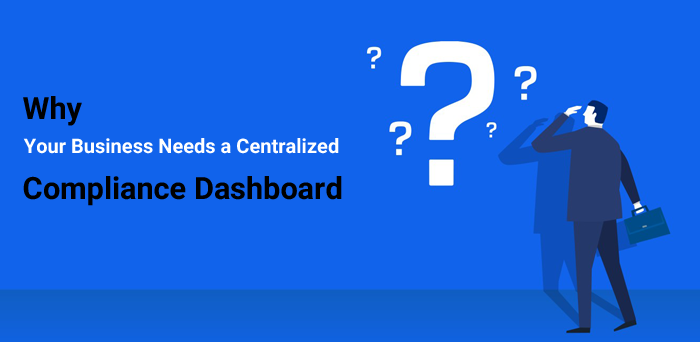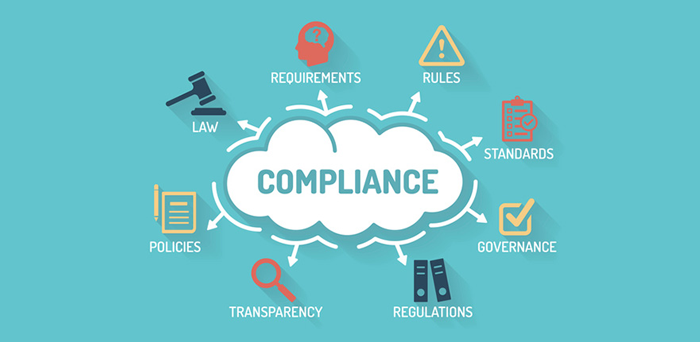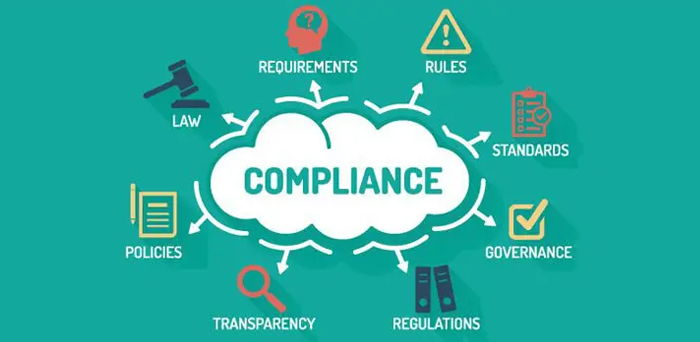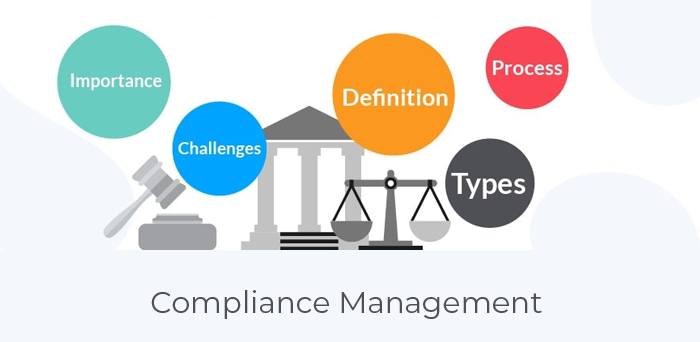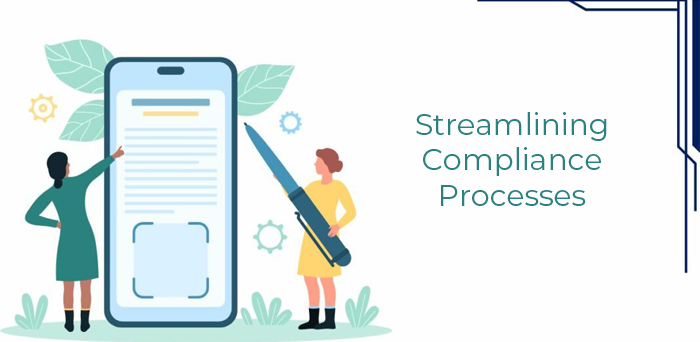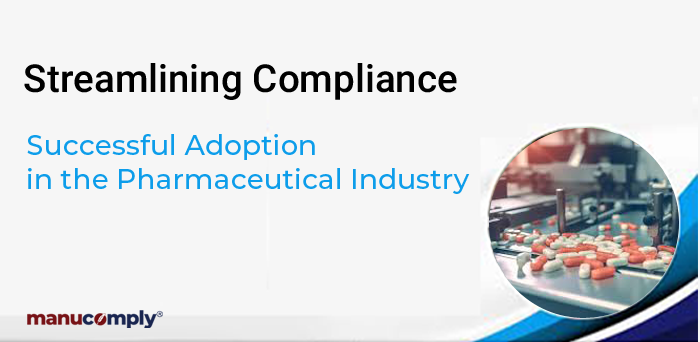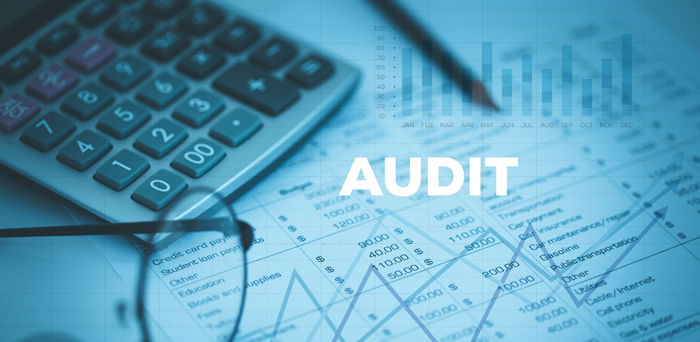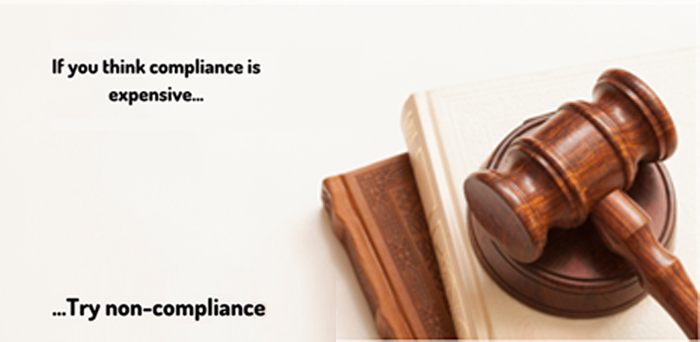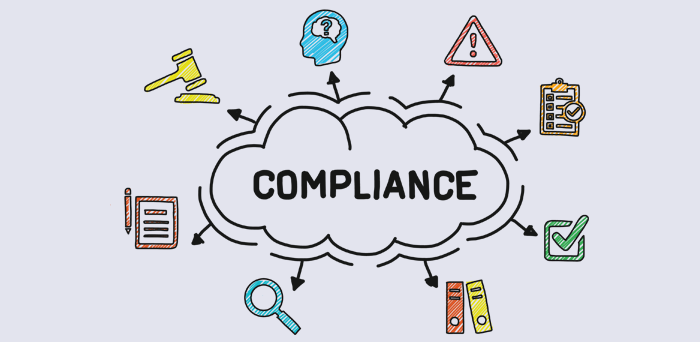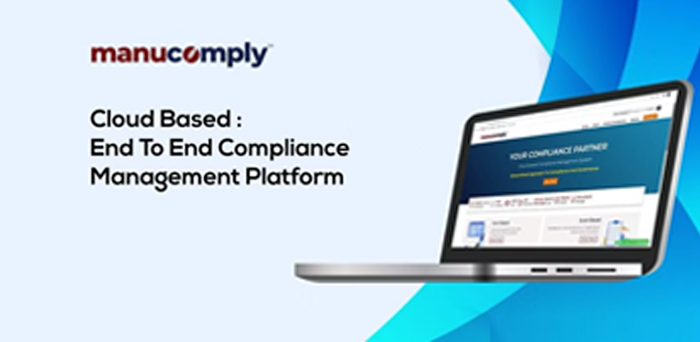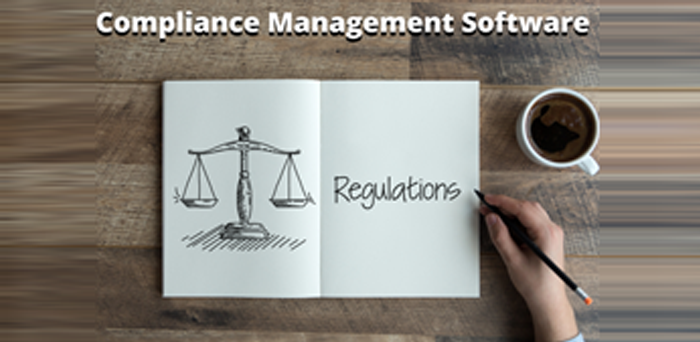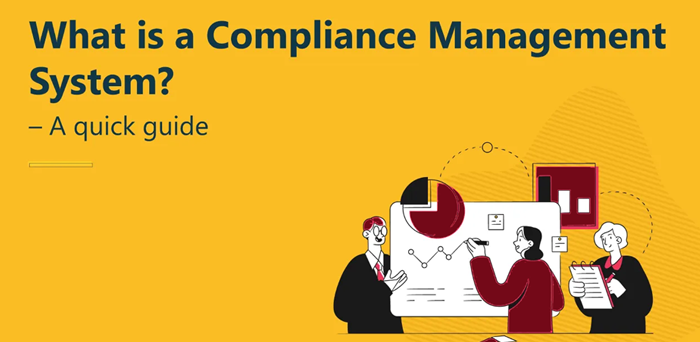
What is Compliance Management? A Beginner’s Guide
Compliance management is a crucial aspect of any successful business in India. It refers to a structured process that ensures the organization adheres to all applicable laws, regulations, and internal guidelines. In other words: Think of driving a car. Just like in your car's dashboard, compliance management warns you about potential problems and provides crucial information on how your car is doing. Here, the "problems" involve non-compliance issues that may trigger catastrophic implications.
Why is Compliance Management Significant?
Financial and Legal Risks: Harsh penalties, legal actions, and even criminal liability could occur in the case of a company's failure to comply. Furthermore, it might also affect a firm's reputation, thus bringing along a loss of confidence among its clients and considerable financial damage.
Operational Efficiency: A sound compliance program can make an organization efficiently functioning, optimizing the internal control environment, and smoother business operations. Organizations may forego costly interruptions and operate a smooth company by having aggressive risk identification and risk mitigation.
Competitive Edge: In India, demonstrating a strong commitment to compliance can provide a significant competitive advantage. Investors and customers increasingly favor businesses with high ethical standards and a strong sense of social responsibility.
Employee Morale: An established compliance structure can pave way to the organization's culture of honesty and responsibility and thus lowers the chances of unethical behavior and increases the morale of staff.
Key Components of a Compliance Management System in India:
- Risk analysis: Identification of potential compliance risks such as legal, operational, financial, reputational risk, relevant to the organization. Data privacy violation or anti-bribery and corruption issues as well as violations of environmental regulations must be identified and analyzed.
- Policy Formulation: Implemented and communicated effective, clear, and easily understandable policies and procedures pertaining to identified risks. Policies shall be readable to all employees.
- Education and Training: Education regarding the law, regulatory policies, and internal procedures can be conducted by undertaking scheduled training sessions. The rationale behind such education and awareness is that it keeps one alert about his obligations concerning compliance.
- Monitoring, Auditing and Continuously Improving: Continuously monitor compliance activities and conduct regular audits to identify any deviations from established policies and procedures. Consider incorporating relevant Indian standards and best practices into your audit process. The program shall be reviewed periodically and shall flow with changes in legal and regulatory requirements.
- Compliance Incidents Response: Establish clear procedures for responding to and investigating compliance incidents, including identification, reporting, and resolution of issues in a timely and effective manner. Align these procedures with Indian legal and regulatory requirements.
How to Build a Robust Compliance Process:
Compliance management is no longer an afterthought for companies of all sizes but has become a strategic necessity. By proactively integrating compliance into your company's processes, you may reduce risks, improve your reputation, and gain a competitive advantage.
- ➔ Start with a thorough risk assessment. Investigate along the supply chain, operations, and industry to identify and know the potential compliance weaknesses through internal controls, the best practices in the respective industries, and regulatory changes affecting business. Prioritize such threats based on their potential effects on your organization.
- ➔ Then, develop a comprehensive compliance program with concise, clear policies and procedures that address identified hazards and specify exact expectations for employee conduct. Develop comprehensive training and awareness programs to educate employees about relevant laws, regulations, and company policies.
- ➔ Implement and maintain effective controls. Include regular audits, background checks, or financial controls in the inner controls to prevent and detect violation of compliance. Monitor and track compliance operations to ensure timely compliance with all applicable laws, rules, and regulations Automate compliance processes; this includes risk assessments and audits and reporting, use of technological solutions.
- ➔ Develop strong incident response plans that will be taken up and address investigations of compliance violations. Thoroughly conducted investigation followed by an appropriate corrective action to avoid recurrence.
- ➔ Designate a compliance officer or team to oversee the administration and implementation of the program. This role is crucial for ensuring adherence to regulations, particularly the Prevention of Money Laundering Act (PMLA), the Foreign Exchange Management Act (FEMA), and the Competition Act, and provides valuable advisory support.
- ➔ Promote a culture of compliance. Top management should demonstrate a commitment to compliance at the organization's highest level. Encourage open communication and establish an environment in which the employees feel free to raise their concerns without fear of reprisal. Recognize and reward the employees for their commitment to compliance.
- ➔ Handle changing hazards and legal requirements by reviewing and updating your compliance program periodically. Seek input from stakeholders and staff to identify areas that need improvement. Stay abreast of relevant laws, rules, and industry best practices.
- ➔ You can protect your company and strengthen its long-term success with an efficient compliance program through the activities listed above integrated into the daily running of your firm. Compliance process is a dynamic process. The present world of business means your company needs to regularly review, revise, and refine its compliance and ethics for continuous upkeep.
Conclusion
A unique point of reference for all of your regulatory needs is provided by the Manucomply Calendar solution. Create a thorough compliance calendar to help you keep track of all the rules, standards, and corporate policies at all of your facilities. This calendar should include compliance duties, deadlines, permit restrictions, due dates, and agency interactions.
